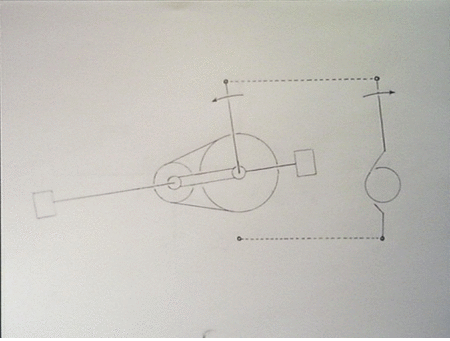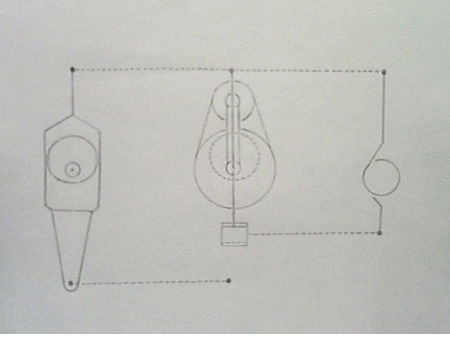Hello everyone....
An Exploratory Research Mechanism

Comments/Discussion welcome here... and at emile@anglamarke.com for non-members.
Uninterupted analysis and video at THE COLE MECHANISM

Comments/Discussion welcome here... and at emile@anglamarke.com for non-members.
Uninterupted analysis and video at THE COLE MECHANISM











Comment